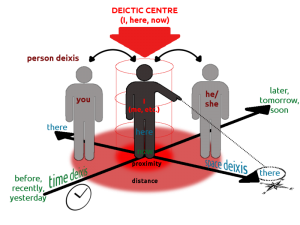It’s not food safety, it has more current relevance to Covid-19, but this paper has some important insights for communicating during an outbreak. The Australian lesson from cornavirus seems to be, go fast, hard.
 Expert-lay mass media communication (a phrase I always despised) in public health prevention campaigns has been at the forefront in knowledge dissemination before digital communication gained in momentum.
Expert-lay mass media communication (a phrase I always despised) in public health prevention campaigns has been at the forefront in knowledge dissemination before digital communication gained in momentum.
The advent of digital media has radically changed communicative scenarios and strategies used to actively involve population, for example promoting large-scale change in awareness, behaviour, and attitude. However, research still has not fully documented how digital environments orchestrate different multimodal resources, including, among others, language, still and moving images. Other research gaps deal with understanding how users can be actively engaged in websites and how the identity of participants is projected with reference to their distance from the voice of the expert.
The paper combines linguistic and visual analysis in a multimodal perspective to investigate the interplay of identity and distance in the website and integrated social media of the Centers for Disease Control and Prevention (CDC, https://npin.cdc.gov), an operating component of the Department of Health and Human Services (US).
Linguistic and visual analysis of the Vital Signs monthly reports on campaigns for HIV prevention will focus on the revision of the notion of deixis to see how this has been reconfigured in multimodal environments. Findings show that person, time, and place deixis have been reshaped in digital scenarios with the aim of engaging participants and disseminate knowledge to prompt change in behaviour.
The image, left, shows person deixis, place deixis and time deixis in English.
“The time is now”: A multimodal pragmatic analysis of how identity and distance are indexed in HIV risk communication digital campaigns in US
May 2021
Journal of Pragmatics, vol.177 pg. 82-96
Maria Sindoni
https://doi.org/10.1016/j.pragma.2021.02.012
https://www.sciencedirect.com/science/article/abs/pii/S0378216621000680

